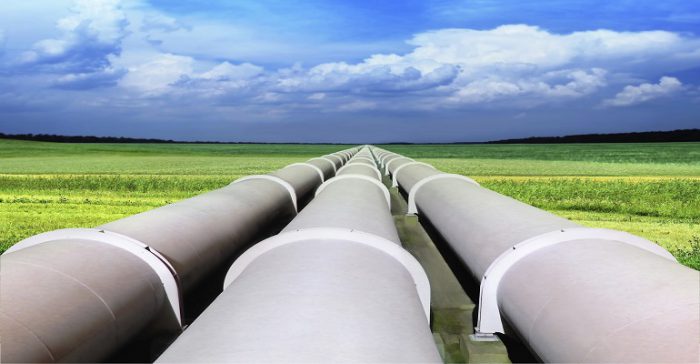Natural gas efficiency has shown impressive advances, and the future looks promising
American Council for an Energy-Efficient Economy, July 19, 2017
The majority of studies on utility-funded energy efficiency programs focus on electricity; natural gas traditionally receives much less attention. To help rectify this imbalance, today we are releasing a new report, Natural Gas Energy Efficiency: Progress and Opportunities. In this graphics-rich report, we provide a summary of natural gas efficiency efforts and accomplishments and look ahead at efficiency-related opportunities and issues.
Recent progress
Since the early 1970s, we have seen declines in residential natural gas consumption per capita, commercial consumption per employee, and industrial consumption per value of shipments. Many factors have likely contributed to this efficiency progress, such as new technologies, price effects, building codes, appliance and equipment efficiency standards, and utility-funded energy efficiency programs. Our new report discusses each of these, with a particular focus on the latter. For example, in 2015, gas utilities spent about $1.4 billion on energy efficiency programs, with savings from measures installed in 2015 amounting to approximately 0.43% of residential and commercial natural gas sales.
Some leading states and utilities are achieving incremental annual energy savings of more than 1% of residential and commercial sales each year. Impressively, they achieved total annual savings of more than 4% in 2015 (including measures installed in 2015, as well as measures installed in earlier years that were still saving energy in 2015). These programs cost the utilities on average approximately 35 cents per therm saved (a therm is 100,000 Btu of energy content, and it is the unit used to bill customers for natural gas). What sets these high-saving states apart from the rest? Most of the high-saving states have mandatory energy-savings targets for their utilities, commonly called energy efficiency resource standards. These states also frequently take steps to provide a performance incentive for utilities that achieve greater energy efficiency for their customers.
Opportunities on the horizon
Many studies have been conducted on additional efficiency opportunities, finding that incremental annual gas savings of about 1% of sales are achievable over the next 10–20 years. These studies show that, despite the current low price of natural gas, there are still substantial, cost-effective natural gas savings available. Across the different studies, large gas-saving opportunities remain for the industrial sector, residential and commercial building retrofits, advanced controls, commercial new construction, and residential water heating.
We also discuss various other issues related to energy efficiency opportunities and the natural gas industry’s evolution in the report, such as opportunities for combined heat and power (CHP), transportation fuels, coordination with electric and water utilities, and fuel switching. In the near term, we find substantial opportunities exist for CHP deployment and coordination with other utilities. More modest opportunities exist for the use of natural gas as a transportation fuel and fuel switching.
Natural gas makes up a significant portion of our energy mix, and there are still many opportunities to increase our efficiency, keep energy bills in check, and reduce our emissions. By doing so, we can improve the US economy and environment.
